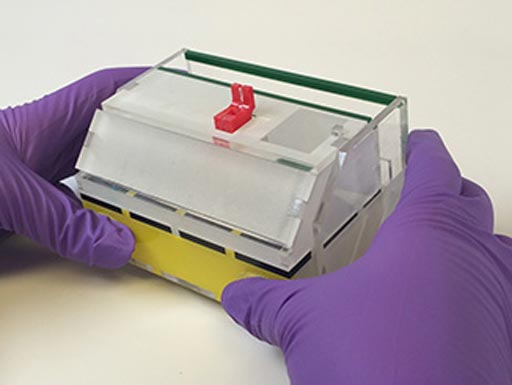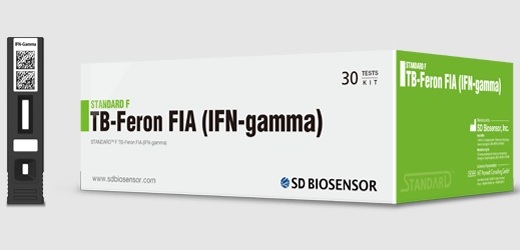Rapid POC Test Developed to Detect Influenza
By LabMedica International staff writers
Posted on 22 May 2017
Addressing the perennial threat of a major flu pandemic, researchers have developed fast, easy-to-use point-of-care (POC) diagnostic test for influenza that could head off rapid spread of the virus during an outbreak. Preliminary clinical testing of the prototype device were encouraging.Posted on 22 May 2017
Existing rapid diagnostic tests can help with diagnoses but require multiple processing steps that still need to be performed with lab equipment in specialized facilities. Prof. Paul Yager, University of Washington, and colleagues set out to create a simpler, low-cost device that overcomes these difficulties. The researchers incorporated multiple steps of influenza detection – viral lysis, target protein capture, labeling, rinsing, and an enzyme-driven color change – into one device. A user swabs the inside of a patient’s nose, inserts the swab into the device, and twirls it for 10 seconds to release the virus. The device takes care of the rest. After about 35 minutes (total test time from device initiation to result), it produces a visual readout that can be seen with the naked eye and recorded with a smartphone camera. The materials and reagents for one of these single-use disposable devices cost less than USA 6.

Image: Scientists are developing a disposable, POC flu detector that yields visible results in about 35 minutes (Photo courtesy of the American Chemical Society).
The test is based on a sandwich immunoassay for influenza virus nucleoprotein and runs in a 2-dimensional paper network format. The device contains all reagents and required no dedicated instruments.
The researchers trained clinical staff at Seattle Children’s Hospital to use the prototype device to detect influenza A and B in those specimens. 25 patients were tested during a flu outbreak. Influenza A was detected, with accuracy of ∼70% based on in-house qRT-PCR influenza A as a gold-standard comparison. The ratio of valid to total completed device runs yielded a success rate of 92%, and the negative predictive value for both the influenza A and B assay was 81%. The ability to diagnose respiratory infections rapidly and close to the patient was well received by hospital staff, inspiring further optimization of device function.
The study, by Huang S et al, was published April 26, 2017, in the journal Analytical Chemistry.














